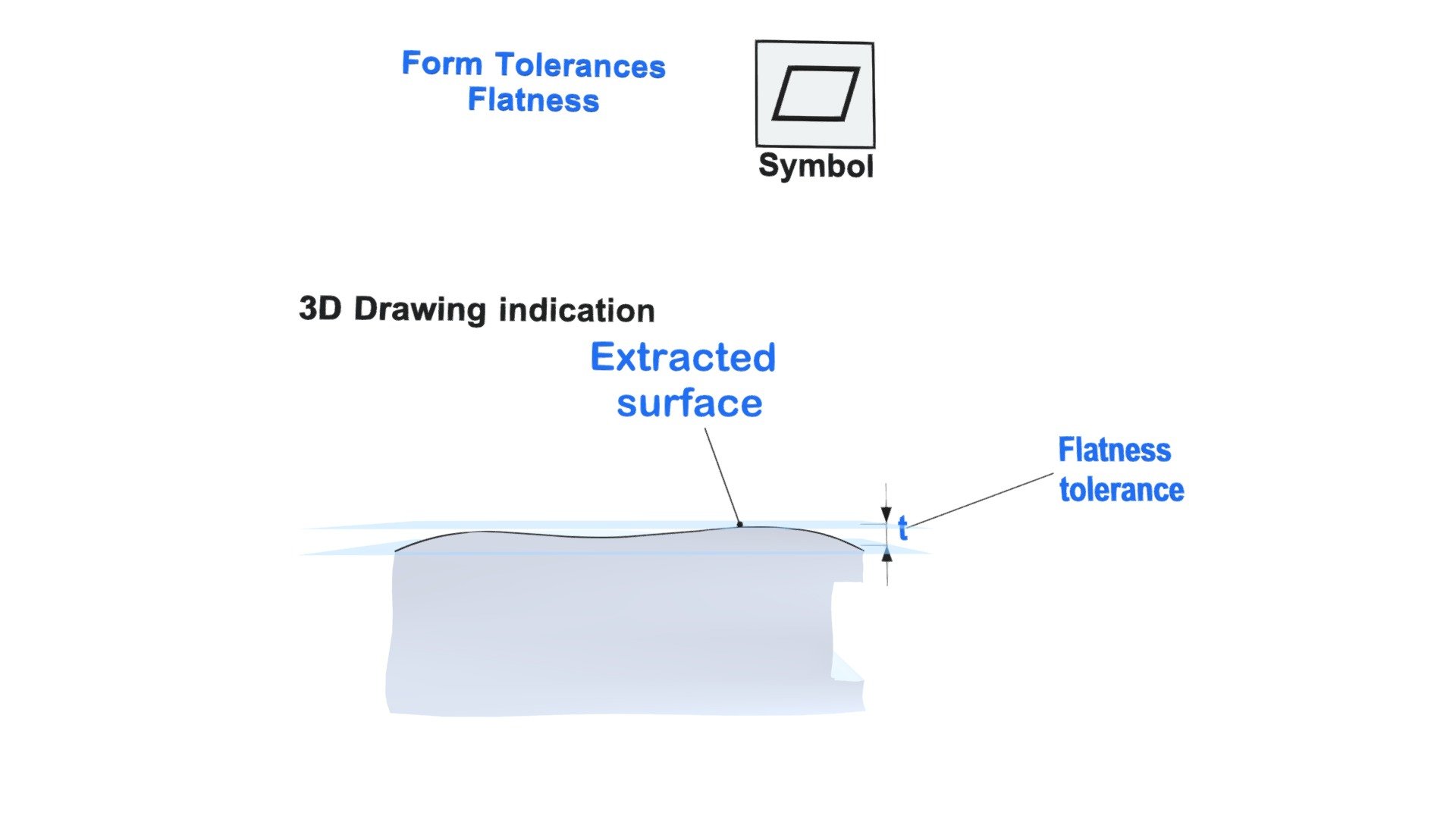
Flatness Tolerance Zone
sketchfab
The Flatness Tolerance Zone defines the maximum variation from a reference surface that is considered acceptable. It is a critical parameter in manufacturing and inspection processes where flatness is a key characteristic of the product. In the context of geometric dimensioning and tolerancing, the Flatness Tolerance Zone specifies the amount by which a surface can deviate from a perfect plane without being considered unacceptable. This zone is usually represented graphically on engineering drawings as a pair of parallel lines that enclose the acceptable variation in flatness. The size and orientation of the Flatness Tolerance Zone depend on various factors, including the product's design requirements, manufacturing processes, and inspection methods. Engineers and inspectors must carefully consider these factors to ensure that the tolerance zone accurately reflects the product's intended performance and functionality. In addition to its role in geometric dimensioning and tolerancing, the Flatness Tolerance Zone has implications for quality control and assurance. By defining the acceptable limits of flatness, manufacturers can ensure that their products meet or exceed customer expectations and regulatory requirements. Overall, the Flatness Tolerance Zone is an essential concept in engineering and manufacturing, allowing designers, engineers, and inspectors to communicate effectively about product geometry and performance.
With this file you will be able to print Flatness Tolerance Zone with your 3D printer. Click on the button and save the file on your computer to work, edit or customize your design. You can also find more 3D designs for printers on Flatness Tolerance Zone.
